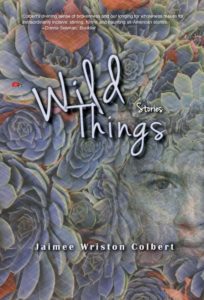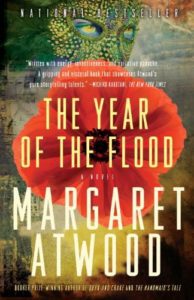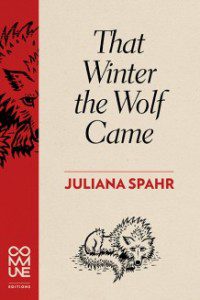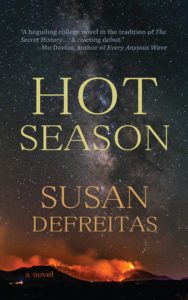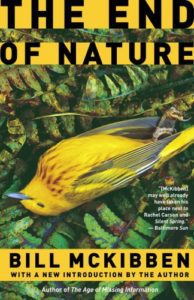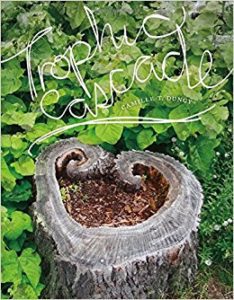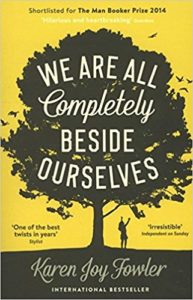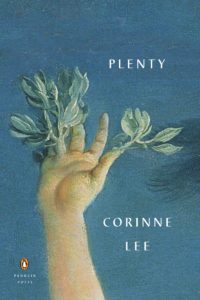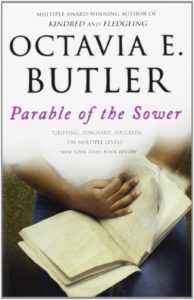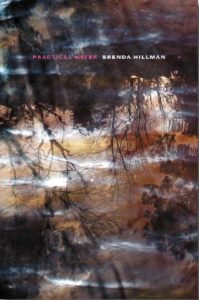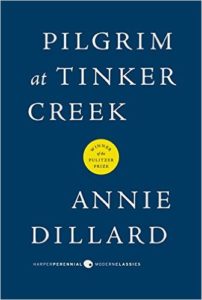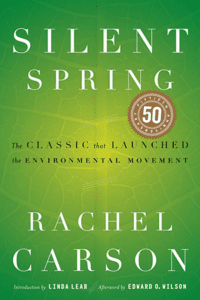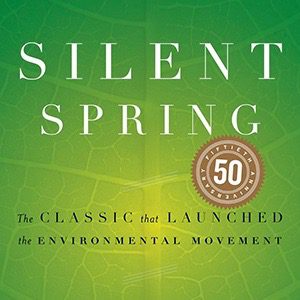
Yesterday afternoon, Donald Trump officially announced, with a glee that we at The Rumpus find especially nauseating, that the United States will withdraw from the Paris Accord. Just in case you haven’t heard this fun fact, that puts us in the company of only two other nations in the world: Nicaragua and Syria. And here’s a look, courtesy of the New York Times, at the potential repercussions of Trump’s decision.
While the US’s withdrawal from what was the world’s first comprehensive climate agreement is appalling, and yes, frightening, we urge you to keep fighting. There is a four-year process to exiting the Paris agreement, which means that we’ll still be working through that process as we approach the 2020 elections. And, state and local governments are already stepping up, with mayors and governors across the country vowing to keep to terms of the Paris Accord regardless of Trump’s decision.
Unsurprisingly, artists have long been worrying about, contemplating, and meditating on humanity’s impact on its environment. Below is a list culled from our editorial staff of just a handful of books by writers, poets, and thinkers working around the subjects of climate change and humanity’s relationship to the natural world. Turn off the television and pick up a book. You’ll feel better for it, we promise.
***
Wild Things by Jaimee Wriston Colbert
The characters in this brilliant, often heartbreaking linked short story collection live in the Susquehanna Valley, an area hit hard by the loss of manufacturing work and decades of systematic disregard for the environment by the manufacturers who have abandoned the area. Wriston Colbert says that, “Life’s inequities can be cruel, but in the end we are all part of our communities; suffering though we may be, we are not alone.” The book’s stories bear this truth out fully.
The Year of the Flood by Margaret Atwood
The times and species have been changing at a rapid rate, and the social compact is wearing as thin as environmental stability. Adam One, the kindly leader of the God’s Gardeners—a religion devoted to the melding of science and religion, as well as the preservation of all plant and animal life—has long predicted a natural disaster that will alter Earth as we know it. Now it has occurred, obliterating most human life. How will those who’ve survived continue on?
The Winter the Wolf Came by Juliana Spahr
That Winter the Wolf Came finds its ferment at the intersection of ecological and economic catastrophe. Its feminist and celebratory energy is fueled by street protests and their shattered windows. Amid oil spills and austerity measures and shore birds and a child holding its mother’s hand and hissing teargas canisters, it reminds us exactly what we must fight to defend with a wild ferocity, and what we’re up against. (You can read the Rumpus Poetry Book Club‘s chat with Juliana Spahr about the collection here.)
Hot Season by Susan DeFreitas
DeFreitas’s debut novel is set in the Arizona desert—itself a character in the book—where three eco-minded college roommates find themselves embroiled in an FBI hunt for environmental activists. Each character approaches activism and the environment around them differently, but each is deeply affected by both.
The End of Nature by Bill McKibben
The book that introduced the term “global warming” to the general public, way back in 1989. McKibben continues to write about environmental issues and has become a full-fledged environmental activist himself, founding 350.org in 2008.
Trophic Cascade by Camille Dungy
The fourth book in a series of award-winning survival narratives, Dungy writes positioned at a fulcrum, bringing a new life into the world even as her elders are passing on. In a time of massive environmental degradation, violence, and abuse of power, a world in which we all must survive, these poems resonate within and beyond the scope of humanity.
We Are All Completely Beside Ourselves by Karen Joy Fowler
Meet the Cooke family: Mother and Dad, brother Lowell, sister Fern, and Rosemary, who begins her story in the middle. She has her reasons. “I was raised with a chimpanzee,” she explains. “I tell you Fern was a chimp and already you aren’t thinking of her as my sister. But until Fern’s expulsion… she was my twin, my funhouse mirror, my whirlwind other half and I loved her as a sister.” As a child, Rosemary never stopped talking. Then, something happened, and Rosemary wrapped herself in silence. Fowler builds what seems like a traditional family novel while also raising critical questions about humans and how we relate to other species and to our environment.
Plenty by Corinne Lee
In her epic book-length poem, Lee considers the toxicity of America’s relationship to the environment alongside her own family’s history of glassmaking in America and Europe, and the environmental toll the industry has taken from 1892 up through the present. In discussing how she relates to the work, Lee says, “What would it be like, I thought, to make love with America—its landscape, people, values, history, etc.—and become toxic in the process? What would the antidote be to that toxicity?”
Parable of the Sower by Octavia Butler
When unattended environmental and economic crises caused by the collapse of the federal government in 2016 (sound eerily familiar?) lead to social chaos in 2024, not even gated communities are safe. In a night of fire and death Lauren Olamina, a minister’s young daughter, loses her family and home and ventures out into the unprotected American landscape. But what begins as a flight for survival soon leads to something much more: a startling vision of human destiny… and the birth of a new faith.
Practical Water by Brenda Hillman
Both an elemental meditation and an ecopoetics, in this collection Hillman takes as her subject water: Taoist water, baptismal water, water from the muses’ fountains, the practical waters of hydrology from which we draw our being—and the stilled water in a glass in a Senate chamber.
Pilgrim at Tinder Creek by Annie Dillard
Pilgrim at Tinder Creek details an unnamed narrator’s explorations near her home, and various contemplations on nature and life. Dillard began Pilgrim in the spring of 1973, using her personal journals as inspiration. Separated into four sections that signify each of the seasons, the narrative takes place over the period of one year. The book records the narrator’s thoughts on solitude, writing, and religion, as well as scientific observations on the flora and fauna she encounters. Touching upon themes of faith, nature, and awareness, Pilgrim is also noted for its study of theodicy and the inherent cruelty of the natural world.
Silent Spring by Rachel Carson
First published in three serialized excerpts in the New Yorker in June of 1962, Silent Spring is one of the landmark books about our environment and a foundational text for everyone who wants to understand humanity’s relationship to its home. With the publication of Silent Spring, Carson helped launch the environmental movement as we know it today.

